Plenty of the things you thought were true about eating healthy actually might not be
It’s a whole new year, and while reading this, you may already have a few New Year’s resolutions in mind, one of which is “eat healthier.” If this is so, you’re in luck, because we decided to shed some light on 20 fairly prevalent food myths on the internet so you don’t have to do all of the painful work of filtering out the false-information yourself.
1. Vitamin C keeps you from catching a cold
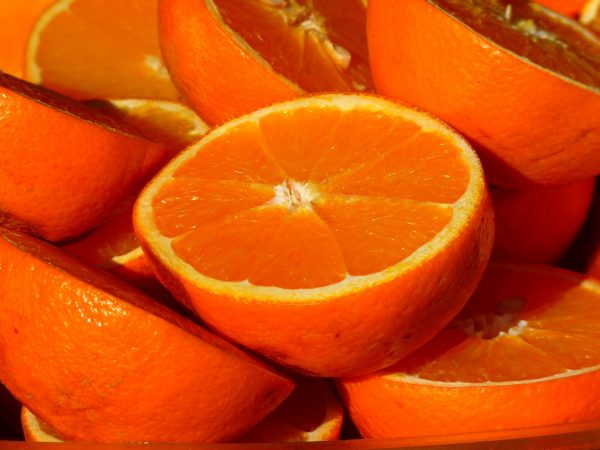
2. Eat many mini meals instead of three big meals
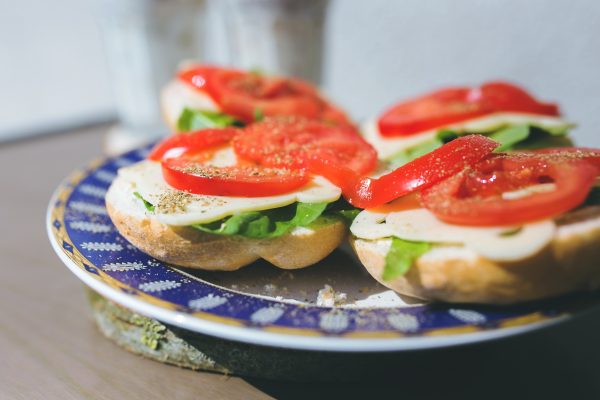
Some weight-loss dieters believe that eating frequent, smaller meals throughout the day speeds up metabolism and burns more calories. However, the frequent eating model isn’t superior to the traditional three squares approach in terms of metabolism rate. A 2013 study found that there was no significant difference in metabolism when comparing participants who had six mini meals with those who ate three regular meals. Not to mention that when people eat smaller meals, they are more likely to be hungrier and overeat.
3. Drink a lot of ice water to lose weight
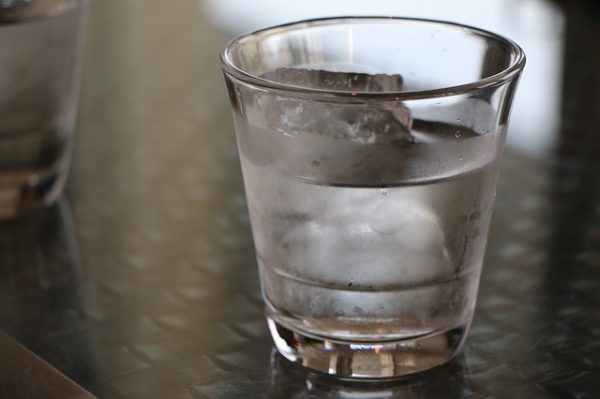
The belief that drinking ice water to lose weight is based on the idea that your body uses extra energy to bring the water up to its own temperature, thereby burning more calories. Technically, this is true, but the impact is just too insignificant to affect weight loss. Research suggests that each cup of ice water you drink burns about 4 to 7 calories, essentially the same as a single M&M candy or chocolate peanut. That being said, drinking ice water can still keep you from overheating during exercise and help you quickly re-hydrate after a workout session.
4. Raw carrots are more nutritious than cooked
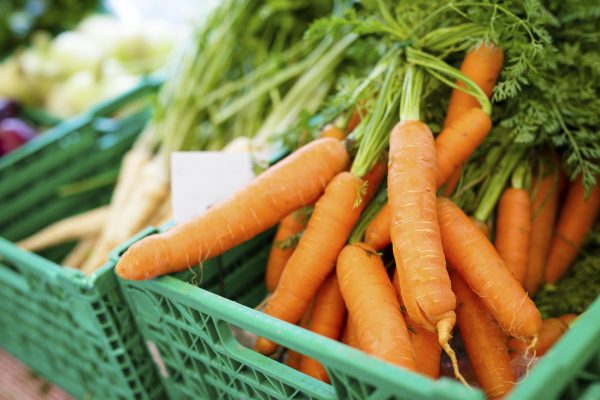
Contrary to common belief, cooked carrots are actually more nutritious than raw. When carrots are cooked or processed, tough cellular walls are broken down, making beta-carotene more available. The same rule applies for tomatoes, too. Tomato products such as sauce, paste, or juice contain up to 10 times as much available lycopene as fresh tomatoes.
5. Drink diet soda to lose weight
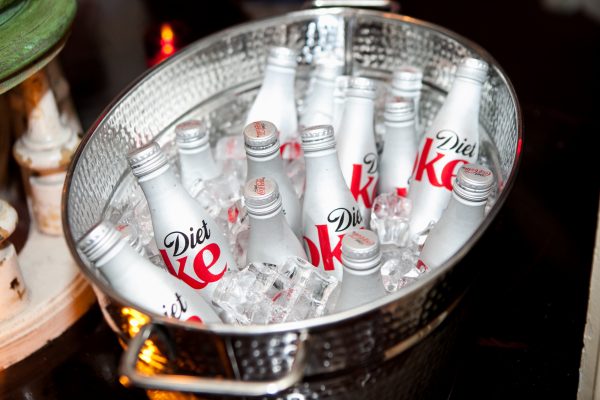
Diet soda uses artificial sweeteners as a substitute for sugar. This sugarless sweetness causes your pancreas to create insulin, a hormone that basically tells your body it’s time to process some sugar. Since there is no sugar to process, though, your body will crave it for the sake of using up the insulin. So, you end up eating more, thus ruining your weight loss effort.
6. Carrots improve your eyesight

The myth that eating carrots improves your vision originated from WWII propaganda. During the Battle of Britain, British Royal Air Force claimed that its elite pilots were able to bring down German bombers at night because a steady intake of carrots improved their night vision. In fact, the RAF pilots could easily locate enemy aircraft in the dark because they were utilizing airborne radar, which was kept a secret from the Germans. The propaganda was such a success that people still believe it today.
7. Nuts are junk food
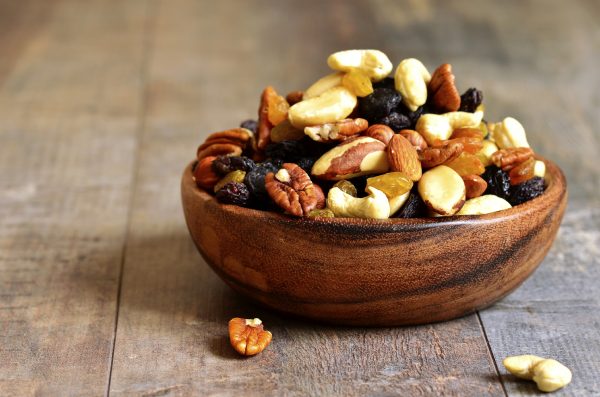
It is true that nuts contain a relatively high number of calories per unit weight. But this doesn’t mean nuts can’t be a part of your healthy diet. They contain high amounts of protein and monounsaturated fats that are good for heart health. For instance, almonds contain 6 grams of protein and 14 grams of healthy fat per ounce. Eating raw or dry-roasted nuts tends to be healthier than eating nuts packaged in oil, which can contain more unhealthy fat.
8. Frozen and canned fruits and vegetables are less nutritious than fresh ones
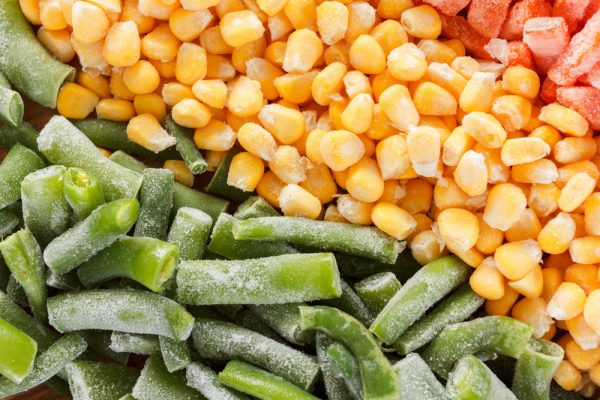
This may be true if you grow and harvest fruits and vegetables on your own. But the foods you find in the produce section have often spent days or even weeks in shipping and storage, during which time it is natural for them to lose nutrients. By contrast, fruits and vegetables that are canned or frozen are processed immediately after harvesting at their peak freshness, so the losses of vitamin and mineral content can be reduced to minimal.
9. It takes years to digest chewing gum
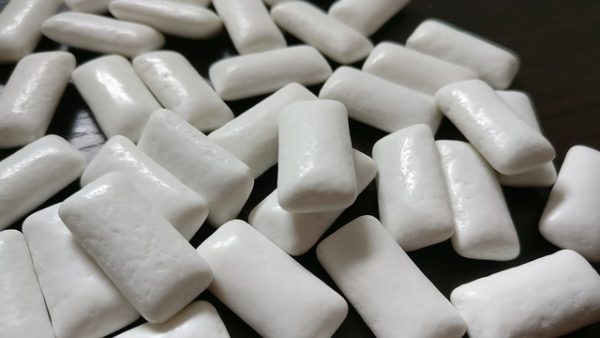
You don’t have to panic when your kid accidentally swallow a piece gum. When it comes to the human digestive system, gum doesn’t require special treatment; it will be broken down into pieces just like any other food. Whatever can’t be digested will move through the digestive tract and end up in the bathroom.
10. A nightcap helps you sleep better
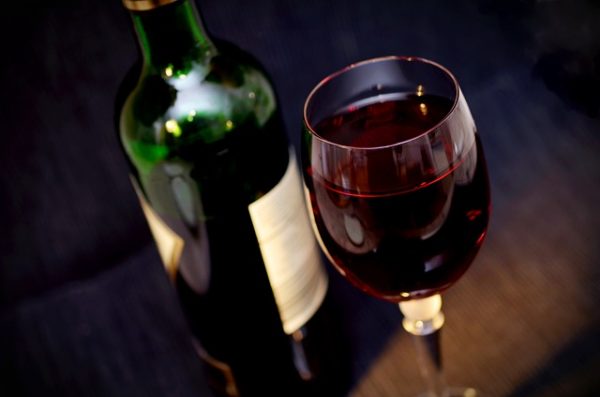
The practice of having a small alcoholic drink before bed in order to sleep tight has been around for centuries. However, a previous study that involved 500 people suggests that a quick drink before bed does in fact get you to sleep faster but may eventually ruin your sleep. Those participants who drank, no matter the amount, fell asleep faster and spent more time in a deep sleep for the first half of the night. However, as the night progressed and the alcohol started to kick in, they woke up more frequently, experiencing increased sleep disruption.
11. Eat low-fat version of foods to lose weight

Low-fat doesn’t necessarily mean healthier. A “low-fat” label is actually more likely to lead consumers to overeat. A 2016 research shows that people tend to eat more when they know they’re eating a food that is low-fat. On top of that, low-fat foods are often higher in sugar than their full-fat equivalents, because when food manufactures remove fat, they like to use sugar to “fix” the lost flavor.
12. Brown sugar is healthier than white sugar
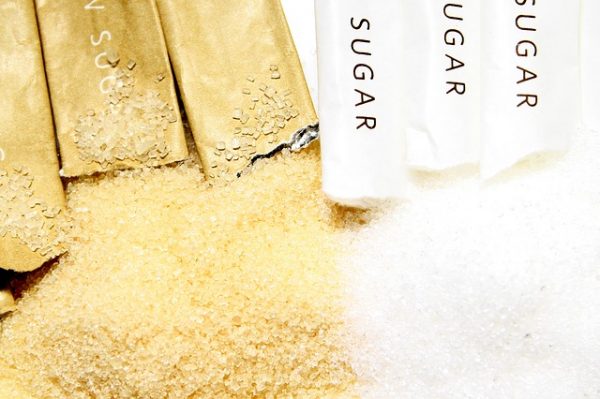
Have you ever replaced refined white sugar in your shopping cart with raw, brown sugar, thinking you brought your family something healthier? I have, I admit. But here’s the not-so-sweet truth: when it comes to health, sugar is sugar. Basically, brown sugar is raw sugarcane that has only been refined once, which contains 5 to 10 percent molasses. When you repeatedly refine brown sugar to remove all of the remaining molasses, you will get white sugar. So, the only difference between the two is the color and that molasses flavor. Whether you choose brown sugar or white doesn’t really make much different healthwise.
13. 8 glasses of water a day is good for your health
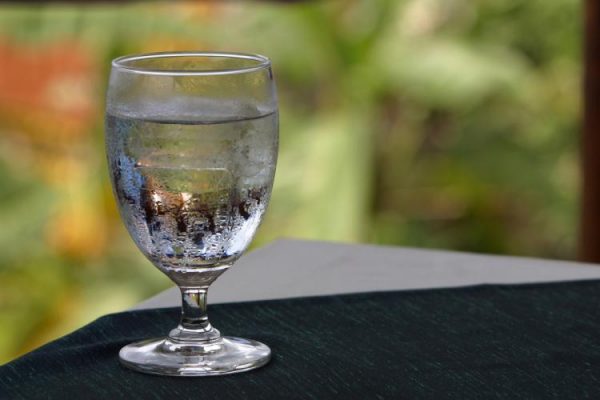
Let’s put it simply: you don’t really have to abide the 8-cup-a-day rule. Instead, just drink when you are thirsty. The number of glasses of water that one needs to stay healthy and hydrated differs from person to person, depending on age, environment, diet, overall health condition, and many other factors. There is hardly one standard that applies to every human on earth. Drink whenever you feel you need to and that’ll be adequate.
14. “Beer before wine makes you feel fine”
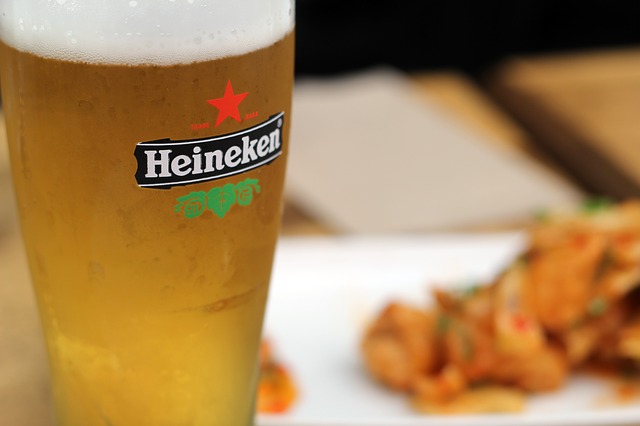
You may have heard the saying, “Wine before beer, makes you feel queer; beer before wine, you’ll be fine.” There are lot of things that contribute to hangover, but the general rule of thumb is that the more you drink and the faster you drink, the worse your hangover will be. It’s the quantity that matters, not the order. That being said, mixing drinks still might not be a very good idea. Research suggests that when switching between drinks, people are more likely to lose track on how many of each type of drink they’ve had and end up drinking more than they can handle. So, wine before beer may make you feel queer, but no: beer before wine won’t necessarily leave you feeling fine.
15. Drinking milk makes bones stronger
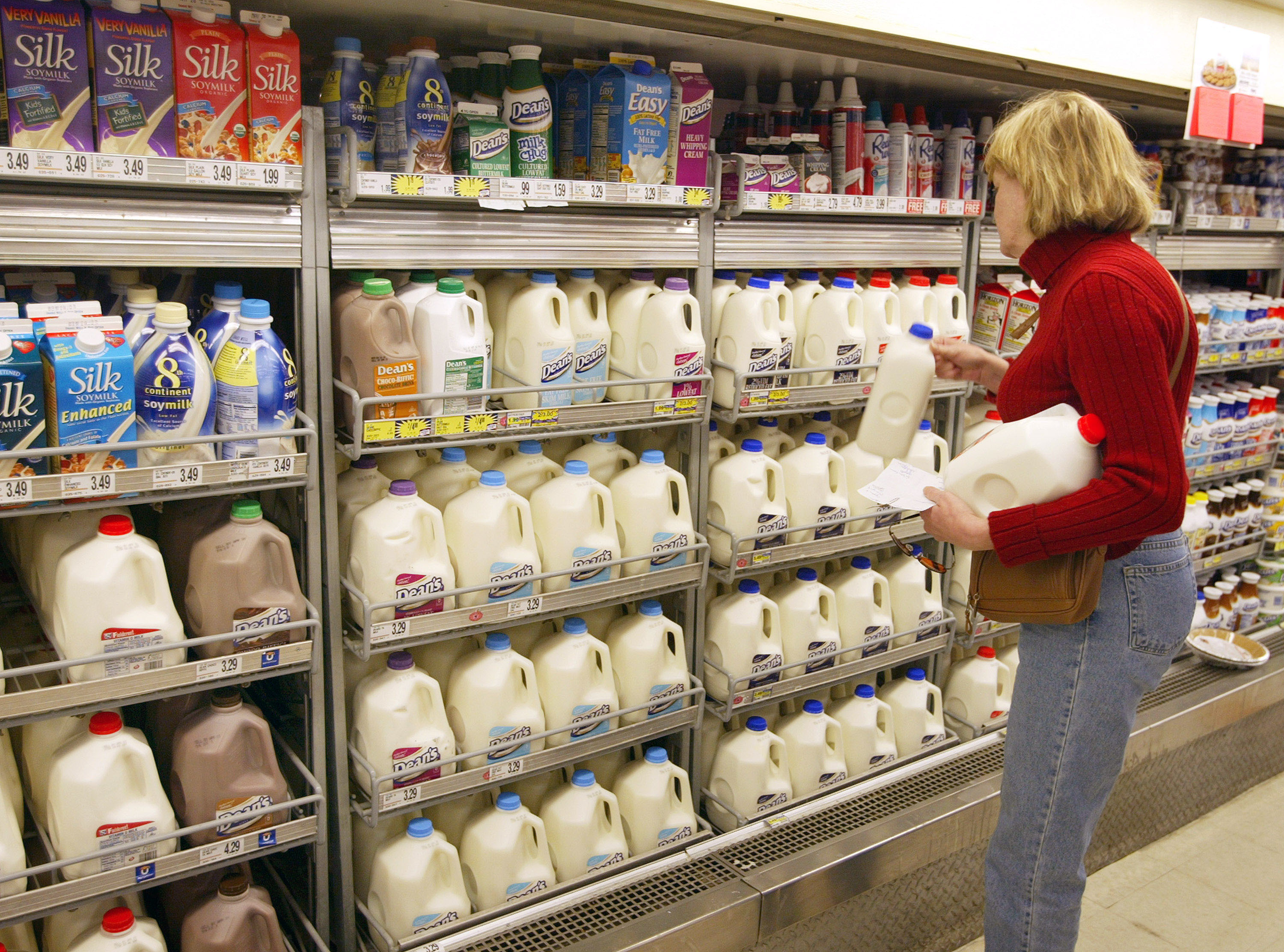
Humans need calcium and vitamin D to build strong bones, and milk is rich in both. Unfortunately, drinking milk doesn’t actually appear to lower the risk of bone fracture. A Harvard study that involved more than 330,000 people found that those who drank one glass of milk per week were not more likely to break a hip or forearm than those who drank two or more glasses per week. Another study also showed no evidence that drinking more milk as teenagers lowers risk of hip fracture in later adult years. If your goal is to prevent bone fractures, milk alone doesn’t seem to be enough, though you can supplement your diet with other foods such as soybeans, almonds, salmons, and sardines to meet your calcium and vitamin D needs.
16. Thoroughly wash raw meat before cooking to eliminate bacteria
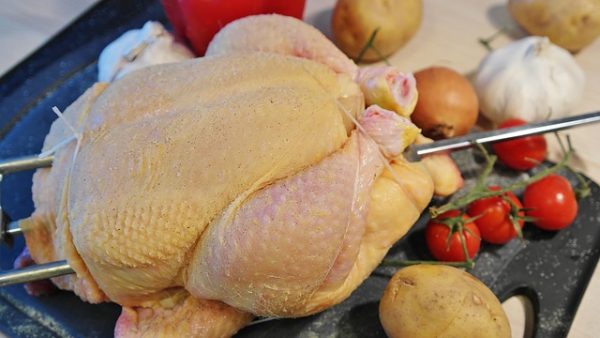
It’s actually recommended by the United States Department of Agriculture that you don’t wash your meat before cooking it. While some bacteria can’t be simply washed off no matter how hard you try, some bacteria may end up getting into your sink, onto other food, or onto your own body. As long as you cook the meat or poultry to the right temperature, all the bacteria will die, so you don’t really have to risk contamination by washing it.
17. Sea salt is healthier than table salt
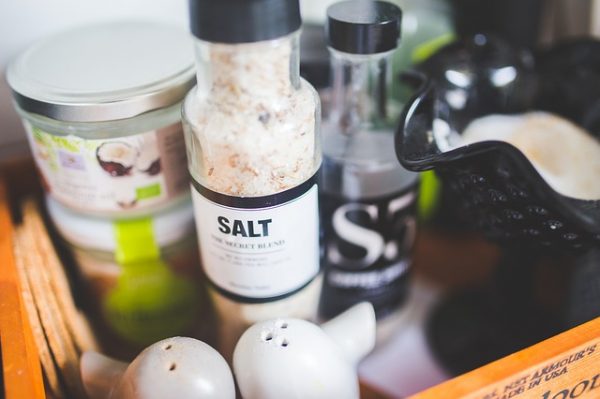
When you evaporate water from ocean or saltwater lakes, you will get sea salt, which usually undergoes little processing and leaves behind some minerals that add color and flavor. Table salt, on the other hand, is mined from underground salt deposits and is then heavily refined so it’s easier to use in cooking. In terms of nutritional value, there’s no big difference between the two. By weight, they contain the same percentage of sodium. You don’t have to switch to sea salt for that minute increase of minerals, which can be easily obtained from other foods.
18. Brown eggs are healthier than white eggs
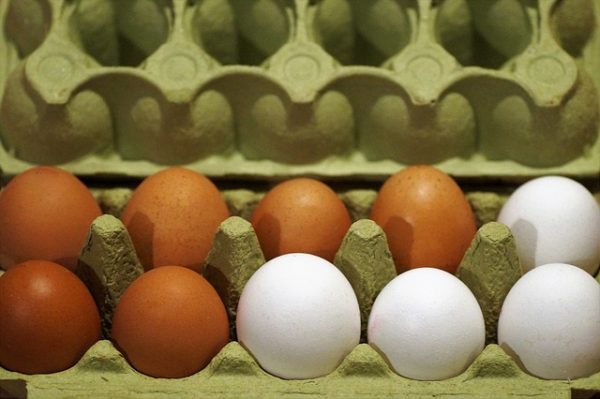
The color of an egg depends on the breed of the egg-laying chicken. White Leghorns lay white eggs and Rhode Island Reds, New Hampshires, and Plymouth Rocks are brown-egg layers. It is true that a hen that lives in a more comfortable environment and eats a healthier diet will lay more nutritious eggs, but assuming the chickens’ living conditions and diets are the same, brown eggs and white eggs are equally nutritious. The color of an egg’s shell doesn’t have much to do with how healthy it is.
19. Eating late at night makes you gain weight

The piece of dieting advice “don’t eat after (blank) pm” has been around for a while. But a calorie is a calorie, which can’t tell time and doesn’t add extra pounds just to punish you for having a late-night snack. Your body burns calories 24/7, even when you’re asleep, so though it is advisable to eat dinner several hours before bedtime to allow the body to digest the food, and to make it the smallest meal of the day (according to the UAMS Weight Loss Clinic), it is the total amount of calories that you consume that matters more than when they are eaten. Any extra calories above what you need may end up being stored as fat—whether it be a morning treat or a midnight snack.
20. Feed a cold, starve a fever

The idea of “starving a fever” dates back to the late Medieval era, when people believed that fasting could cool down the overheated body. Medieval people also blamed colds for low body temperatures, therefore believing that eating more food would help the body regain warmth. The old wisdom is partially right. Whether it be a cold or a fever your body is fighting—starving is never an option. Fevers raising body temperature means your immune system is trying really hard to beat infection. Such battles can be very energy-demanding, so taking in calories becomes important. You will also need to drink a lot of water to re-hydrate your system.
Bagikan Berita Ini














0 Response to "20 Common Healthy Food Myths That You Probably Believed - The Epoch Times"
Post a Comment